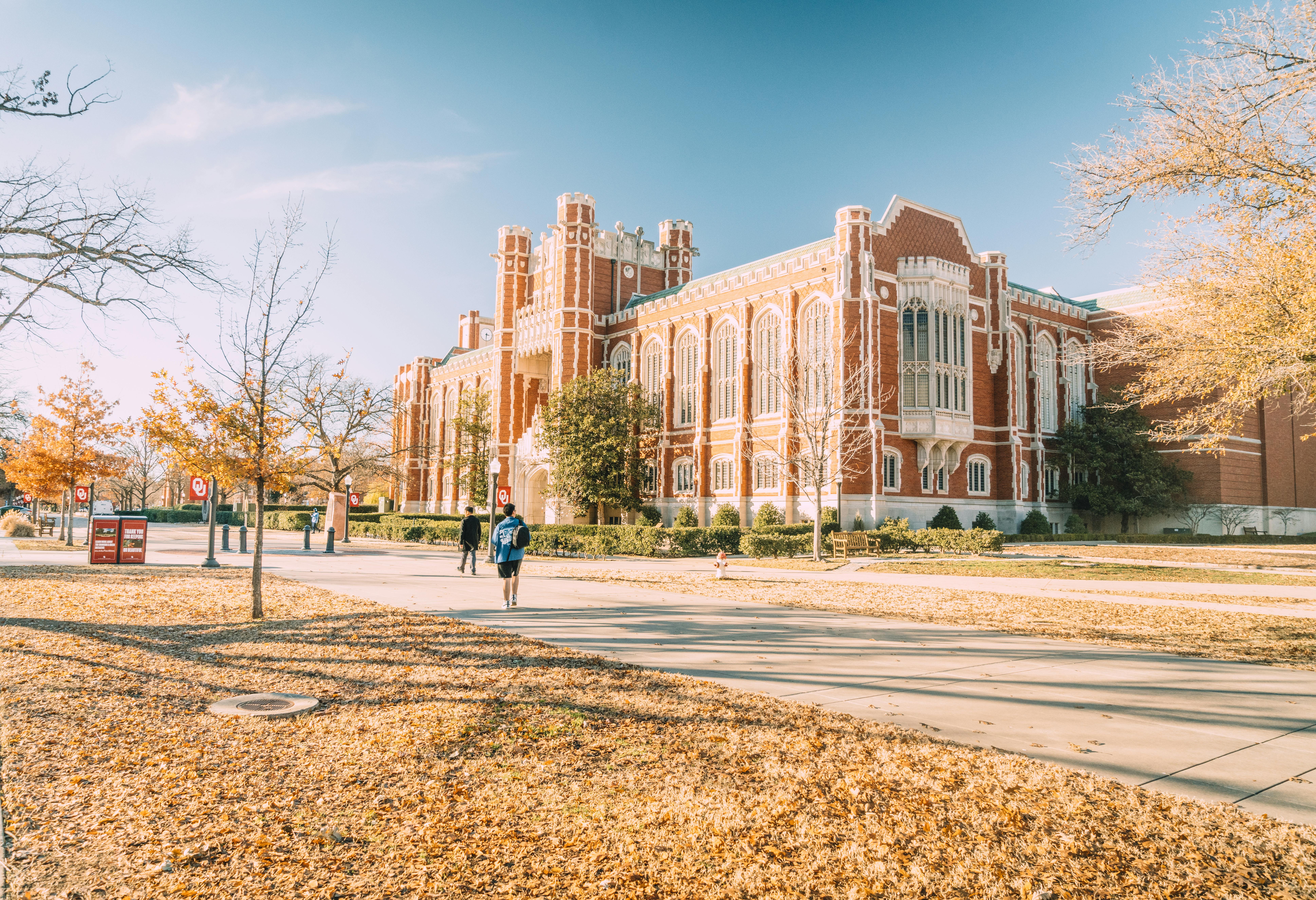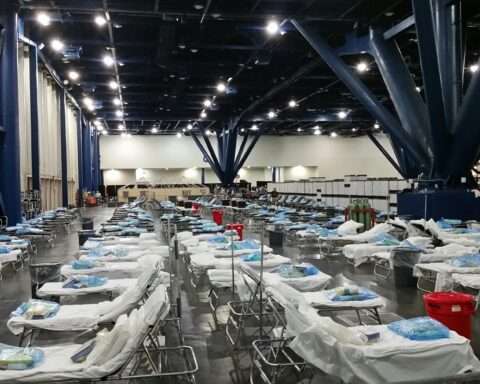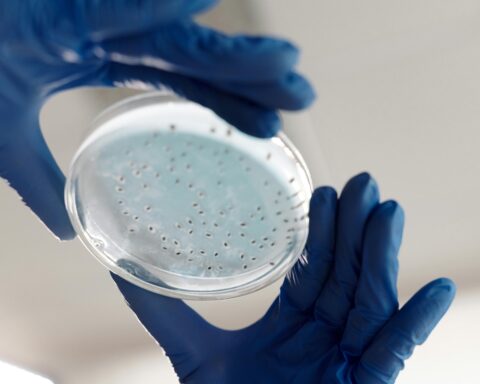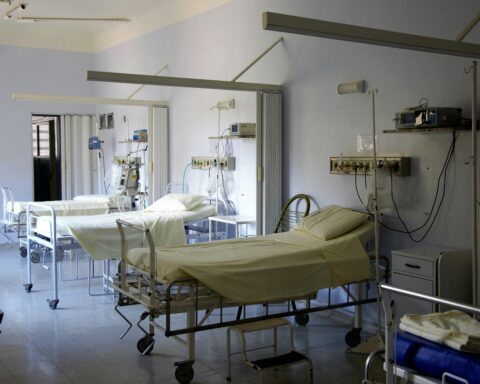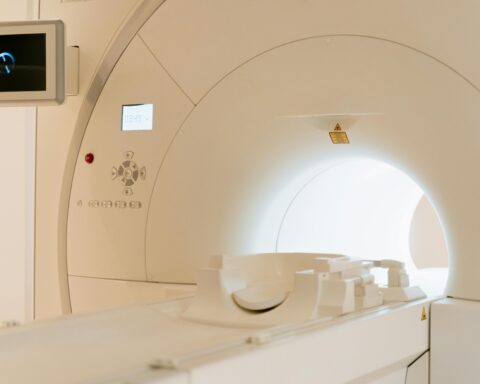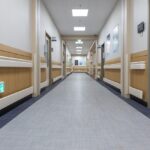The National Security Commission on Emerging Biotechnology (NSCEB) continued its “Biotech Across America” roadshow with a mid-August stop in Oklahoma City. The roadshow focuses on biotech hubs across America and is meant to highlight the need for further public-private partnerships (P3s) and industry investment.
The roadshow stems from an April NSCEB report delivered to Congress, which presented recommendations for strengthening America’s biotech sector through P3s, stronger supply chains and workforce training. The report comes as concerns over China’s investment in biotech spur calls for more domestic innovation.
According to the report, China has increased investment in the biotech sector year after year, with total public investment reaching at least CNY 20 billion in 2023 alone. The NSCEB says China may weaponize biotechnology, rendering this a national defense interest as well as an industrial one.
While the U.S. has invested in biotechnology for many years, it has received less priority than other technologies, such as semiconductors and artificial intelligence. To address this, the report builds a six-pillar framework to advance U.S. biotech leadership:
- Prioritize biotechnology at the national level.
- Mobilize the private sector to get U.S. products to scale.
- Maximize the benefits of biotechnology for defense.
- Out-innovate strategic, global competitors.
- Build the biotechnology workforce of the future.
- Mobilize the collective strengths of U.S. allies and partners.
The commission recommends that the federal government commit $15 billion over the next five years to encourage private sector innovation, make strategic changes and reduce regulatory bottlenecks. The NSCEB roadshow promotes these pillars through a series of talks with government officials and industry leaders.
The commission’s fourth stop, Oklahoma City, featured Congresswoman Stephanie Bice, local biotech leaders and Oklahoma Secretary of Commerce Deborah Moorad. Oklahoma stands out as a burgeoning biotech hub with more than 500 life science businesses that collectively employ nearly 75,000 people. The industry has seen 10% growth since 2015, according to a report from Life Science Oklahoma, with key companies and institutions such as Wheeler Bio, Cytovance Biologics and the Oklahoma Medical Research Foundation.
During the visit, officials toured BioTC, a biotech workforce development hub that offers hands-on, expedited training to students. Facilities like this represent what the commission wants to highlight for developing a workforce of the future, one of the report’s main pillars.
Prior to Oklahoma, the commission kicked off the roadshow in June with a visit to North Carolina, another fast-growing biotech center that serves as a model for other states. NSCEB Vice Chair Dr. Michelle Rozo visited Raleigh to discuss the state’s biotechnology industry with leaders from the North Carolina Biotechnology Center before meeting with co-chairs of the state legislature’s Life Sciences Caucus.
The visit included a tour of the Novonesis enzyme manufacturing facility in Franklinton, where officials discussed agricultural biotechnology innovations that support national security and economic independence.
North Carolina’s approach demonstrates the long-term planning the commission wants to see nationwide, according to the report given to Congress. Doug Edgeton, president and CEO of NCBiotech, said the state has been strategically investing in biotechnology and life sciences for more than 40 years, positioning it well to execute on the commission’s recommendations around biomanufacturing and workforce training.
The roadshow visits illustrate different regional approaches to biotech development. These varied models, from North Carolina’s focus on infrastructure to Oklahoma’s emphasis on workforce development, show how states can leverage their unique strengths to contribute to national biotech competitiveness. Whether through established research institutions, manufacturing capabilities or emerging talent pipelines, capitalizing on regional strengths is what the commission set out to accomplish.
As the commission continues its summer tour, the regional assessments will help inform future federal policy recommendations aimed at maintaining U.S. leadership in biotechnology. The visits show the report’s main point: advancing biotech requires cooperation between government and business, with each region contributing in its own way to compete against China’s government-backed investments.
Photo by An Vuong from Pexels



